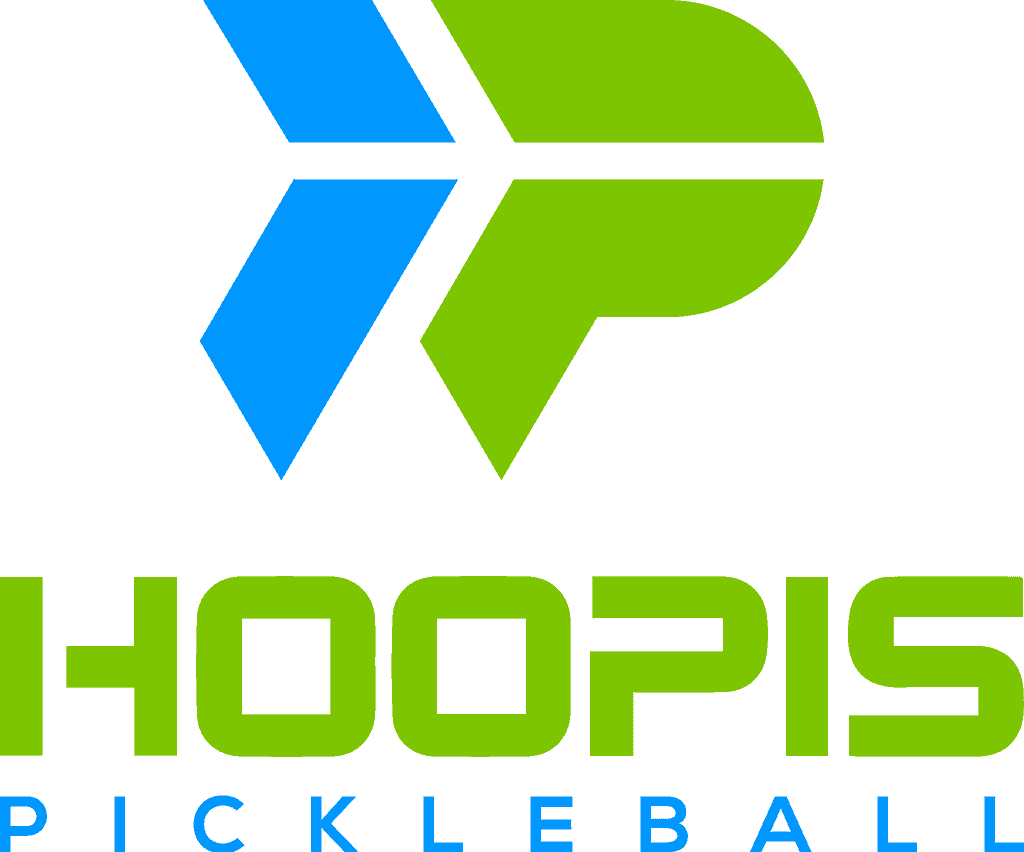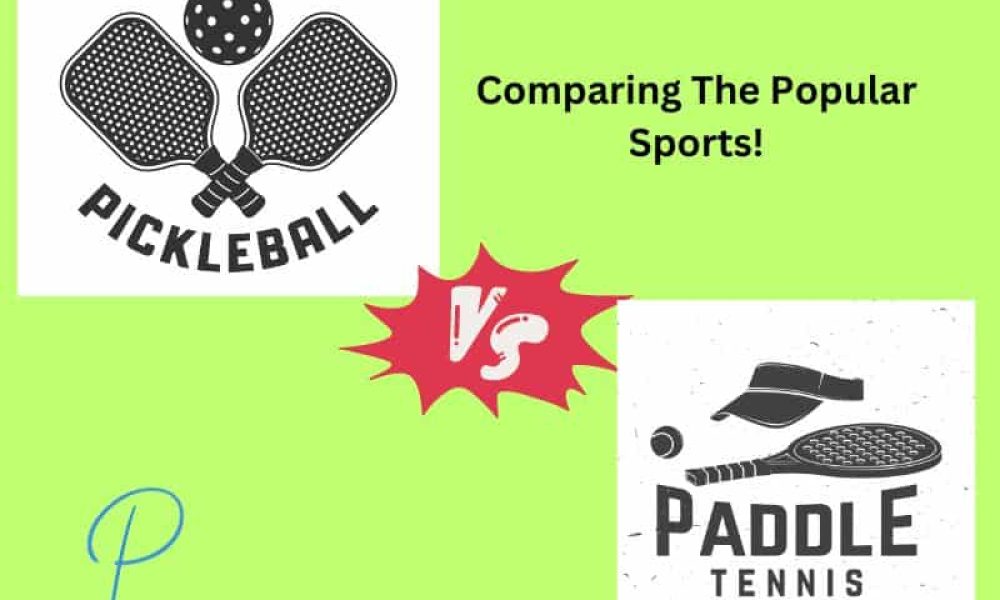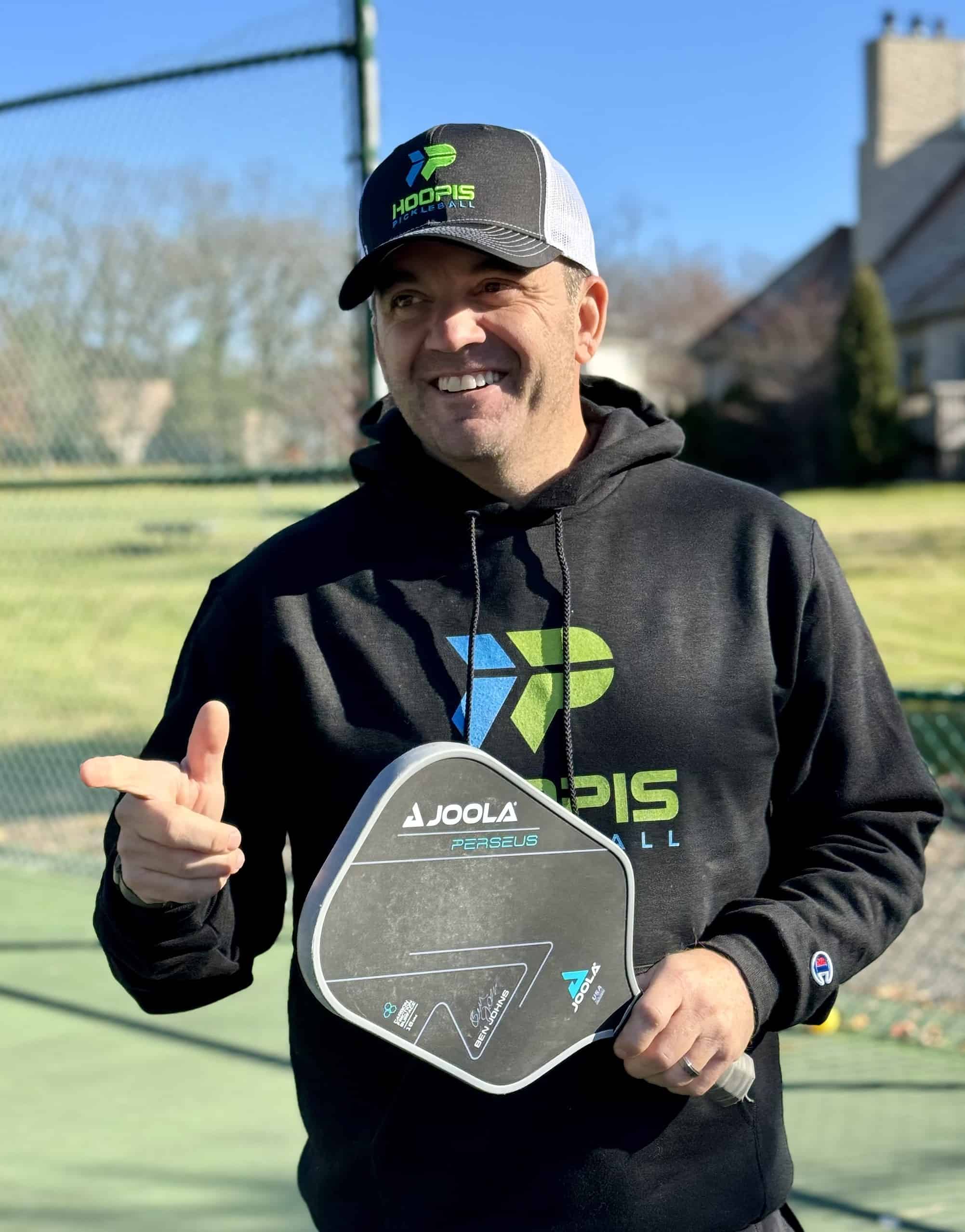Welcome to our deep-dive comparison of pickleball vs paddle tennis. Both games have been capturing hearts with their unique play styles, fast-paced action, and accessibility for all ages.
But how do they stack up against each other? Which one is more suitable for your fitness level, strategic mind, or socializing needs?
Grab your paddles and tighten your laces as we embark on a journey to dissect the nuances, similarities, and differences between Pickleball vs Paddle Tennis.
From their origins to court dimensions, equipment used for gameplay along with fitness requirements – let’s explore all of it in detail!
Whether you’re a seasoned player looking to try something new, or a curious beginner choosing your first racquet sport, this post will serve as your comprehensive guide.
Let’s get started.
Understanding Pickleball vs Paddle Tennis
Pickleball
Pickleball is a paddle sport that blends elements of tennis, badminton, and table tennis. It’s played on a court similar to a doubles badminton court with a slightly modified tennis net. The game can be played in singles or doubles format.
Players use solid paddles typically made of composite materials to hit a perforated polymer ball over the net. The game starts with an underhand serve from behind the baseline. The ball must bounce once on each side before volleys are allowed, and there is a seven-foot non-volley zone on both sides of the net to prevent “smash” volleys. Games are typically played to 11 points.
Paddle Tennis
Paddle Tennis, also known as Pop Tennis, is very similar to traditional tennis but with a few key differences. It’s played on a smaller court without doubles lanes, and the net is lower. The game can be played in singles or doubles format.
In Paddle Tennis, players use solid paddles (without strings) and low-pressure balls, which are more suited for the smaller paddle tennis courts. The serve in Paddle Tennis is underhand, and the ball must bounce on the opponent’s side before the return.
Similar to Pickleball, volleys are allowed in Paddle Tennis, but the ball must bounce once before it can be returned. However, unlike Pickleball, there is no non-volley zone in Paddle Tennis. Scoring follows the traditional tennis method – points are counted as 15, 30, and 40.
Both games are known for being easy to learn and highly social, making them popular among players of all ages and skill levels. They offer a great mix of physical activity and strategic gameplay.
While both games require quick reflexes, agility, and strategic shot placement, understanding their differences can help you decide which game is more suited to your style. Whether you prefer the fast-paced action of pickleball or the strategic gameplay of paddle tennis, both provide a great way to stay active and enjoy some friendly competition.
Court Dimensions and Layouts
To get a good understanding of paddle tennis vs pickleball, it’s really important to know how big the courts are for each game. The different sizes and layouts can make each game more fun and also help you do better when you play. Both pickleball courts and paddle tennis courts are smaller than tennis courts.
Pickleball Court Dimensions
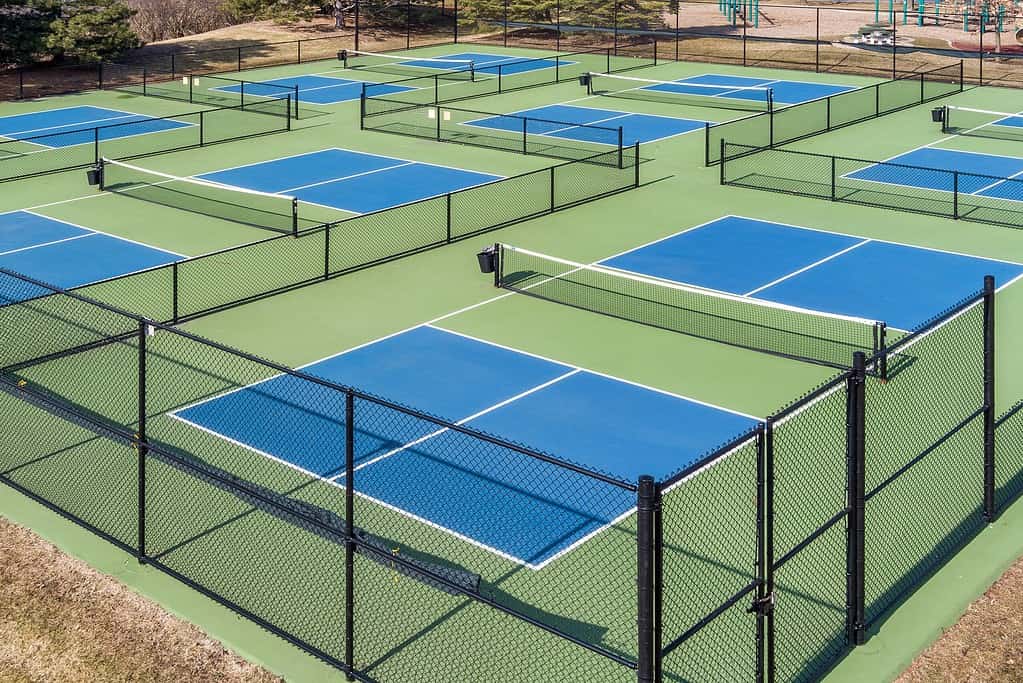
Pickleball courts are laid out similarly to a doubles badminton court, stretching 20 feet by 44 feet. They also feature the same 36-inch net height on the sidelines and 34 inches in center court, but have an additional 7 foot no volley zone – often referred to as “the kitchen”. To ensure player safety and maneuverability around this miniaturized version of a tennis court, it’s important for players to allow ample space surrounding their playing area.
Paddle Tennis Court Dimensions
Paddle tennis courts vary slightly depending on whether the game is being played in singles or doubles format. For singles, the official Pop tennis court size is 60 feet long and 21 feet wide. For doubles, the court is the same length but slightly wider at 27 feet. There’s also the Pop Classic or original Paddle Tennis format, which is played on a court measuring 50 feet long and 20 feet wide.
Equipment Differences
Pickleball and paddle tennis both need specific gear in order to be played. By examining the diversities between their respective paddles and balls, we can get a better understanding of their distinct approaches and strategies used.
Pickleball Paddles
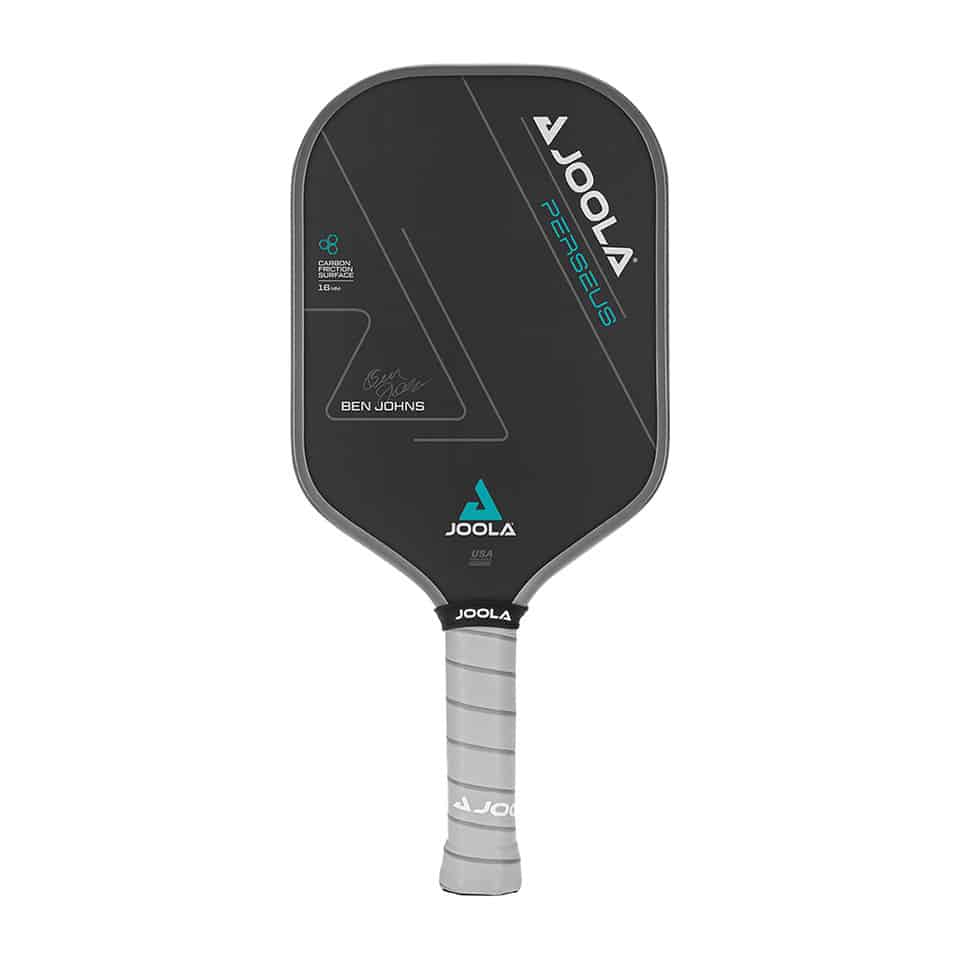
Pickleball paddles are designed specifically for the sport of Pickleball. They are generally made from lightweight materials like carbon fiber, composite, or graphite to allow quick and easy movement. Some paddles may also have a hybrid construction. The core of the paddle is usually made of a honeycomb structure, often filled with either aluminum, polymer, or Nomex for strength and flexibility.
Pickleball paddles are typically larger than ping pong paddles but smaller than tennis rackets. They do not have strings but feature a solid surface for hitting the ball. The paddles often come with a comfortable, sweat-absorbing grip for better control during games.
Brands like Paddletek, Selkirk, and Joola offer a variety of pickleball paddles catering to different skill levels, from beginners to professionals.
Pickleball Balls

Pickleball balls are unique to the sport and designed specifically for gameplay on both indoor and outdoor courts. They are made from a durable plastic and feature a number of holes, typically ranging from 26 to 40, which help the ball fly straight in various weather conditions.
Outdoor pickleball balls usually have fewer, larger holes and are slightly heavier to withstand wind and outdoor elements. Indoor pickleball balls, on the other hand, tend to have more, smaller holes and are lighter, making them more responsive to the smooth indoor court surface.
Popular brands of pickleball balls include Franklin Sports, Onix, and PCKL Elite. They are often sold in packs and are available in different colors, with white and neon being among the most common. The most recommended balls were the Franklin X-40 Outdoor and the PCKL Elite 40.
Paddle Tennis Paddles
Pop tennis paddles are specially designed for the sport of pop tennis. They are typically shorter in length than standard tennis rackets, measuring around 18 inches, and do not have strings. Instead, they feature a solid hitting surface, often made from materials like carbon fiber or graphite.
These paddles come with an EVA memory flex-foam core which helps in maintaining control during hits and reducing vibrations. Some popular brands that manufacture pop tennis paddles include Senston, Drop Shot, and Tecnifibre. Each brand offers various models catering to different levels and styles of play.
Paddle Tennis Balls
A paddle tennis ball is similar in appearance to a traditional tennis ball but have a key difference in their structure. They are low-pressure balls, having about 25% less compression than regular tennis balls. This means they don’t bounce as high and are slower, which is ideal for the smaller court size in pop tennis.
These balls provide just the right feel and performance when hit with pop tennis paddles, which are solid and typically either 22mm or 38mm thick. Brands like Penn Control+ Green Dot are popular choices for pop tennis balls.
Gameplay and Techniques
Pickleball and paddle tennis require distinctive approaches to the game, as they need varying techniques and tactics from players. Both these sports demand a unique set of abilities in order to successfully dominate on the court.
Pickleball Gameplay
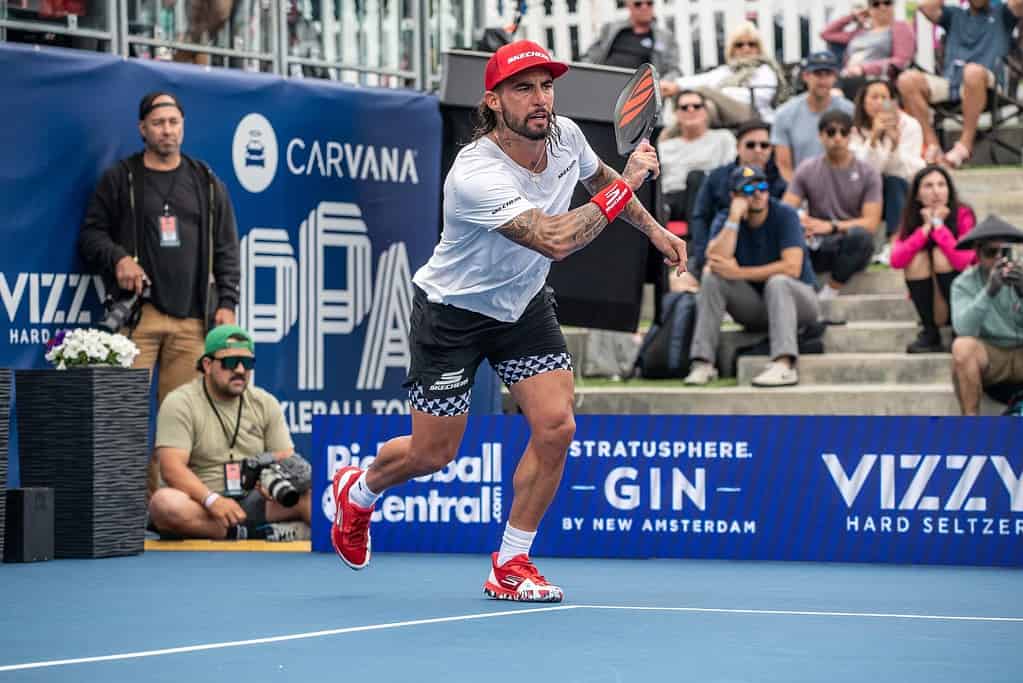
Pickleball is a rapidly growing sport that combines elements of badminton, tennis, and table tennis. Here’s a basic rundown of the gameplay:
- Serving: The game begins with a serve. The server must serve underhand from behind the baseline, hitting the ball diagonally to the receiver in the opposite service box. The serve must clear the seven-foot non-volley zone (also known as “the kitchen”) and land in the correct service box.
- Double Bounce Rule: After the serve, the receiving side must let the ball bounce once before returning it, and then the serving team must also let the returned ball bounce once before playing it. This is known as the “double bounce rule”. After these two bounces, the ball can be either volleyed (hit before it bounces) or played off a bounce.
- Non-Volley Zone (The Kitchen): The non-volley zone is a seven-foot area extending from the net on both sides. Players cannot volley the ball while standing in this zone.
- Scoring: Only the serving team can score points. Games are usually played to 11 points, and a team must win by at least two points.
- Faults: A fault occurs when the ball goes out of bounds, doesn’t clear the net, is volleyed before a bounce has occurred on each side, is volleyed from the non-volley zone, or if the ball bounces more than once before being returned. After a fault, the serve switches to the other team (or to the other player on the same team in doubles play).
- Doubles Play: In doubles pickleball, players on the serving team alternate serves and each player serves until their team commits a fault. The first serve of a new game is only served from the right-hand court.
Pickleball is a fun and social sport that’s easy to learn but can develop into a quick, fast-paced, competitive game for experienced players. It’s enjoyed by people of all ages and skill levels.
Paddle Tennis Gameplay
Pop tennis, also known as paddle tennis, is a game that is similar to traditional tennis but with some unique differences. The game is played on a smaller court, and instead of using tennis rackets, players use solid paddles and low-pressure balls. Here’s an overview of the gameplay:
- Serving: The game begins with a serve, which must be made underhand, hitting the ball below the waist level. The server has two chances to get the serve in the diagonally opposite service box. If both attempts are faults, it results in a point for the receiver.
- Returning the Serve: The receiver can stand where they wish but must let the ball bounce once before returning the serve. After the serve has been successfully returned, players can either volley the ball (hit without letting it bounce) or play it after one bounce.
- Scoring: Pop tennis follows the traditional tennis scoring system – points are counted as 15, 30, and 40. Scoring a point after 40 wins the game unless there’s a deuce (40-40), in which case a player needs to win by two points. A set is typically won by the first player to win 6 games, with a lead of at least 2 games.
- Play: The ball is hit back and forth between the players, either directly over the net or around the net posts. The aim is to make the ball land within the opponent’s court boundaries and to prevent the opponent from returning the ball successfully.
- Faults: A player loses a point if they fail to return the ball, hit the ball out of bounds, or if the ball bounces more than once in their half of the court before they return it.
- Winning the Match: Matches are typically best of 3 or 5 sets. The player who wins the majority of the sets wins the match.
Remember, pop tennis is a fast-paced game that requires agility, hand-eye coordination, and strategic thinking. It’s a fun sport that can be enjoyed by people of all ages and skill levels.
Fitness and Skill Requirements
Players who are considering which of the sports, pickleball or paddle tennis, suits them best should look into how much skill and fitness each requires.
Both games require players to have good hand-eye coordination as well as agility and quick reflexes. Depending on individual preferences for difficulty levels, there can be differences in what is more demanding between the two options.
Pickleball has a set up that needs excellent reactions while paddle tennis might call for some additional tactical thinking skills when playing against an opponent with similar abilities.
Pickleball Fitness and Skill Levels
Pickleball is a game that focuses on technique and accuracy more than brute strength, making it inviting to players regardless of age or fitness level. To be successful in the sport, one must possess good knowledge about how Pickleball works plus have the quickness and precision needed to counter opponents’ shots. Employing various moves tactically with an eye towards outwitting rivals are essential skills for success at this racquet sport.
Paddle Tennis Fitness and Skill Levels
Paddle tennis necessitates an extensive range of physical capabilities to be successful. This includes higher endurance, muscle strength with speed, agility and reflexes for quick reactions, as well as hand-eye coordination and spatial awareness. Superior athletic skill is important in order to read shots from the rival swiftly. Endurance, stamina, velocity plus flexibility should also be at a satisfactory level for optimal performance when playing paddle tennis.
Popularity and Accessibility
Having already discussed the gameplay, equipment, and physical demands of Pickleball and paddle tennis, we can now delve into which sport is more accessible or popular.
Recently, Pickleball has seen a significant increase in participation compared to paddle tennis. This surge in engagement has led to its rise as a globally popular pastime.
In contrast, despite its unique features, such as a larger court size that allows for longer serves, paddle tennis remains somewhat restricted. This is primarily due to the limited availability of courts, which drastically reduces opportunities for participation.
Pickleball Popularity and Accessibility
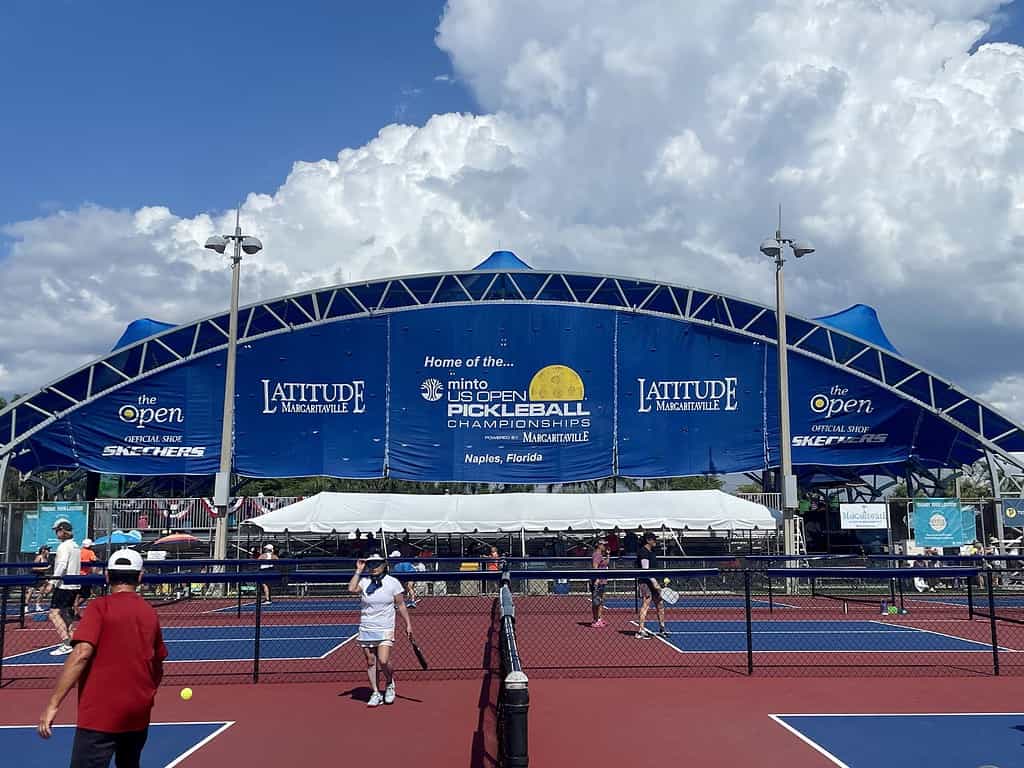
Pickleball is becoming hugely popular, with more than 36.5 million people playing it in the United States alone. Its expanding appeal can be credited to its low cost, easy learning curve and a growing number of pickleball court options all around the country.
The USAPA acts as a national governing body for this sport, which has helped amplify it even more. By encouraging accessibility on both local and national levels.
Paddle Tennis Popularity and Accessibility
Paddle tennis enjoys rather specific acceptance, mainly found on the US coasts and in some communities. Lately, it has been picking up traction elsewhere such as Europe and Latin America, but still not as much compared to Pickleball.
An advantage of this game is its versatility. Due to limited space requirements, economic equipment costs plus adaptability for all age groups regardless of their physical aptitude make paddle tennis a popular choice among urban recreation centers and schools.
Summary
Pickleball and paddle tennis, two racket sports with distinct features and difficulties, can be differentiated by their court sizes, apparatus used as well as the gameplay strategies they require.
Although Pickleball is rapidly increasing in popularity for its focus on accuracy and tactics, traditional tennis-like skills are needed to succeed at paddle tennis. All of these factors should be kept in mind when deciding which sport best suits one’s abilities or preferences thus leading to an enjoyable experience.
Frequently Asked Questions
Is Paddle Tennis the same as Platform tennis?
No, Paddle Tennis and Platform Tennis are not the same. They are both paddle sports with similarities to tennis, but they have distinct differences in rules, equipment, and court structure.
Platform Tennis is played on an elevated, aluminum deck court surrounded by tightly strung fencing that allows play off the walls. The paddles used in Platform Tennis are perforated with holes and the balls are spongy and rubber. The serve in Platform Tennis is overhand.
Can You Play Pickleball on a Tennis Court?
Yes, you can play pickleball on a tennis court. You just need some slight modifications and you can do it. We have a full article on what to do!
Can You Play Pickleball on Padel Courts?
Based on the official rules set by USA Pickleball, pickleball can’t be formally played on a paddle tennis or padel court. However, informally and for casual play, it’s possible to adapt and play pickleball on such a court, given that the dimensions and layout are somewhat similar. It’s important to note that there might be differences in gameplay due to the distinct characteristics of each sport and their respective courts.
What About Paddle Tennis vs Padel Tennis?
Although both are tennis variations using solid paddles, Paddle Tennis is played on a smaller, open court with underhand serves and low-pressure balls. Padel, however, is played on an enclosed, smaller court where walls can be used in play, and it uses a slightly less pressurized tennis ball. Both games have underhand serves but differ in court structure and equipment.

